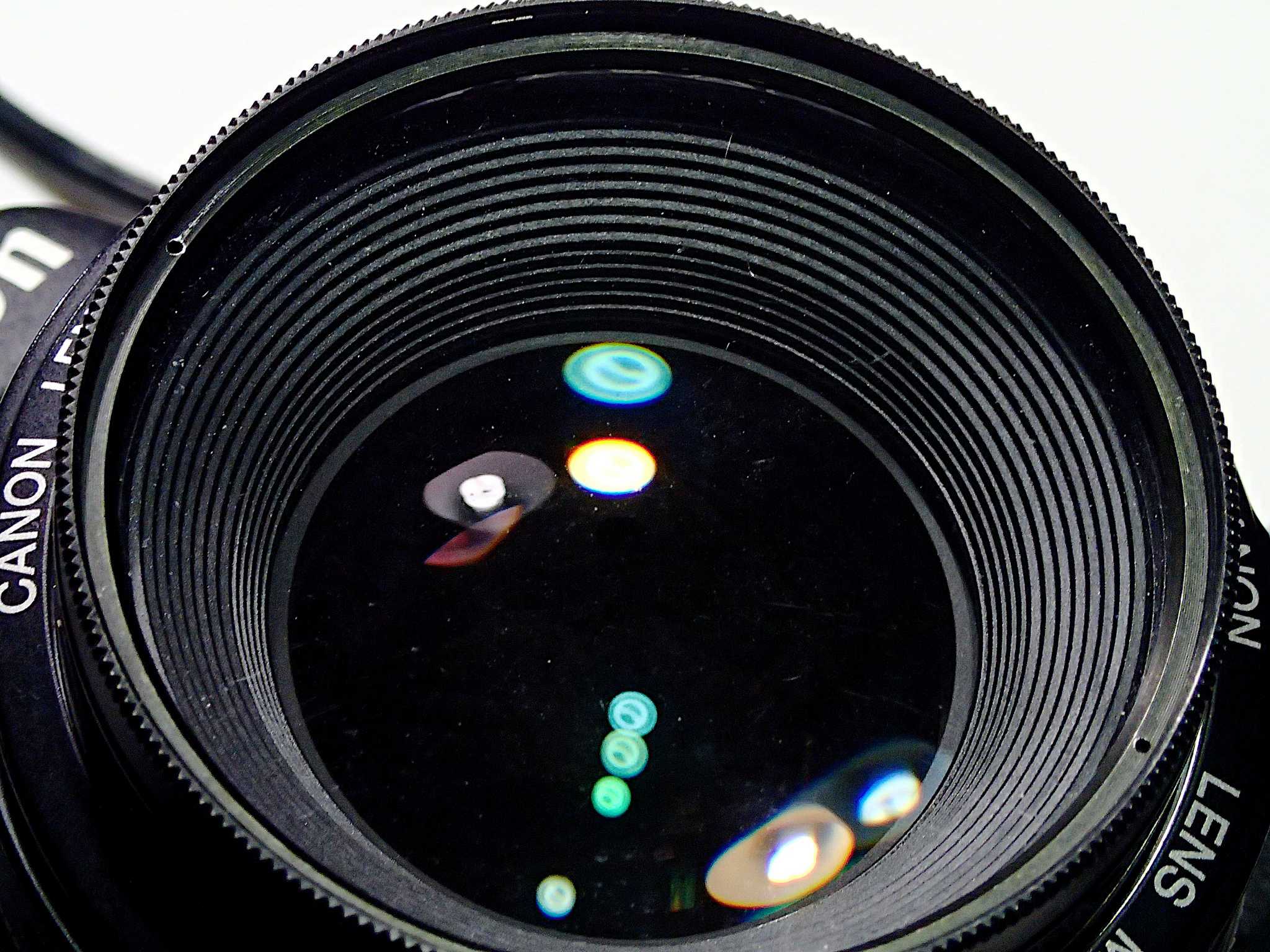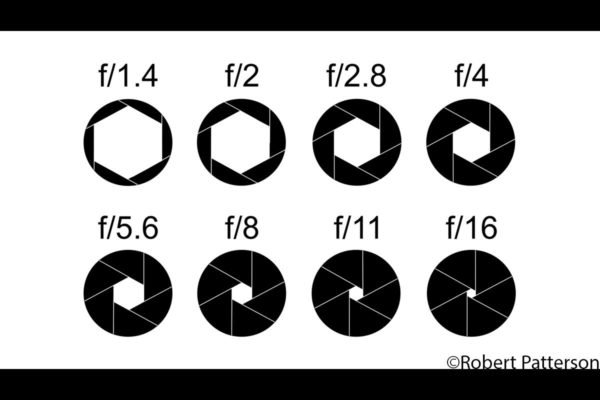
With the click of a button your iPhone is able to autofocus, choose the correct exposure and aperture (more on that below) and capture an 8-megapixel image. One could say it’s pretty much impossible to take a bad picture with the technology we have today. Even kids and grandparents can take a decent Instagram picture or selfie with this generation’s resources.
Photography is now a part of everyday life. What was once a way to save special moments in someone’s life has become a way to document your day, start to finish, with a Snapchat story. But what if it’s time to bring those photography skills to the next level?
Three basic rules to reach the next level:
1) The rule of thirds: Perhaps one of the most important principles in capturing a well-balanced composition. Although it can be broken, most pictures should follow this rule to capture the perfect photo.
The basic principle of this rule is breaking an image into thirds by using two horizontal lines and two vertical lines — breaking your image into nine different sections. This visual grid helps take a photo that has an off-center composition, with the subject centered at one of the intersecting lines.
When people view an image, their eye is more likely to go to an interesting point because it is more pleasing to the eye. It also encourages photographers to make creative use of negative space.

2) Depth: The crucial role in capturing a perfect image. Since photography is a two-dimensional medium, it can be tricky to convey depth presented in the scene you are capturing. Admit it, we all love taking pictures of the beautiful sunrises at Jax Beach, but placing the horizon line in the middle of the photo is a big photography NO-NO. Shifting the horizon line to the top or bottom of the frame alters the entire balance of the scene.
Placing the horizon higher in the frame, allows for the accent of foreground details, creating a sense of distance. Placing the horizon low in the frame creates a feeling of emptiness by contrasting it with the vastness of the sky.


3) Background/Depth of Field: Sometimes the subject of a photo can be lost in the background and clutter of surrounding subjects. When taking a photo, it is important to have the right background so the subject stands out. This is called depth of field — the distance between the nearest and farthest objects in a scene that appear sharp in an image.
There can be either a shallow depth-of-field, which means the area in front and behind the focus point is very shallow (out-of-focus); or a deep depth-of-field, meaning everything in the photo is sharp and in-focus. You can control this by changing the aperture on a DSLR camera.
Aperture is the opening in a lens’ diaphragm that light passes through. The chart below shows a low aperture, f/1.4, in which the camera is allows more light to pass through the lens. While the higher f/stops, like f/16, give less exposure therefore letting in less light. See the chart below to get an understanding of aperture and how it ties into depth of field.


Follow these simple rules and that lifelong dream of becoming #Instafamous can finally come true. For those interested in becoming more familiar with DSLR cameras, or interested in becoming a professional photographer, look into UNF’s photography program. This program has several resources and classes to help students learn the fundamentals of photography and explore a career in the field.
—
For more information or news tips, or if you see an error in this story or have any compliments or concerns, contact editor@unfspinnaker.com.











